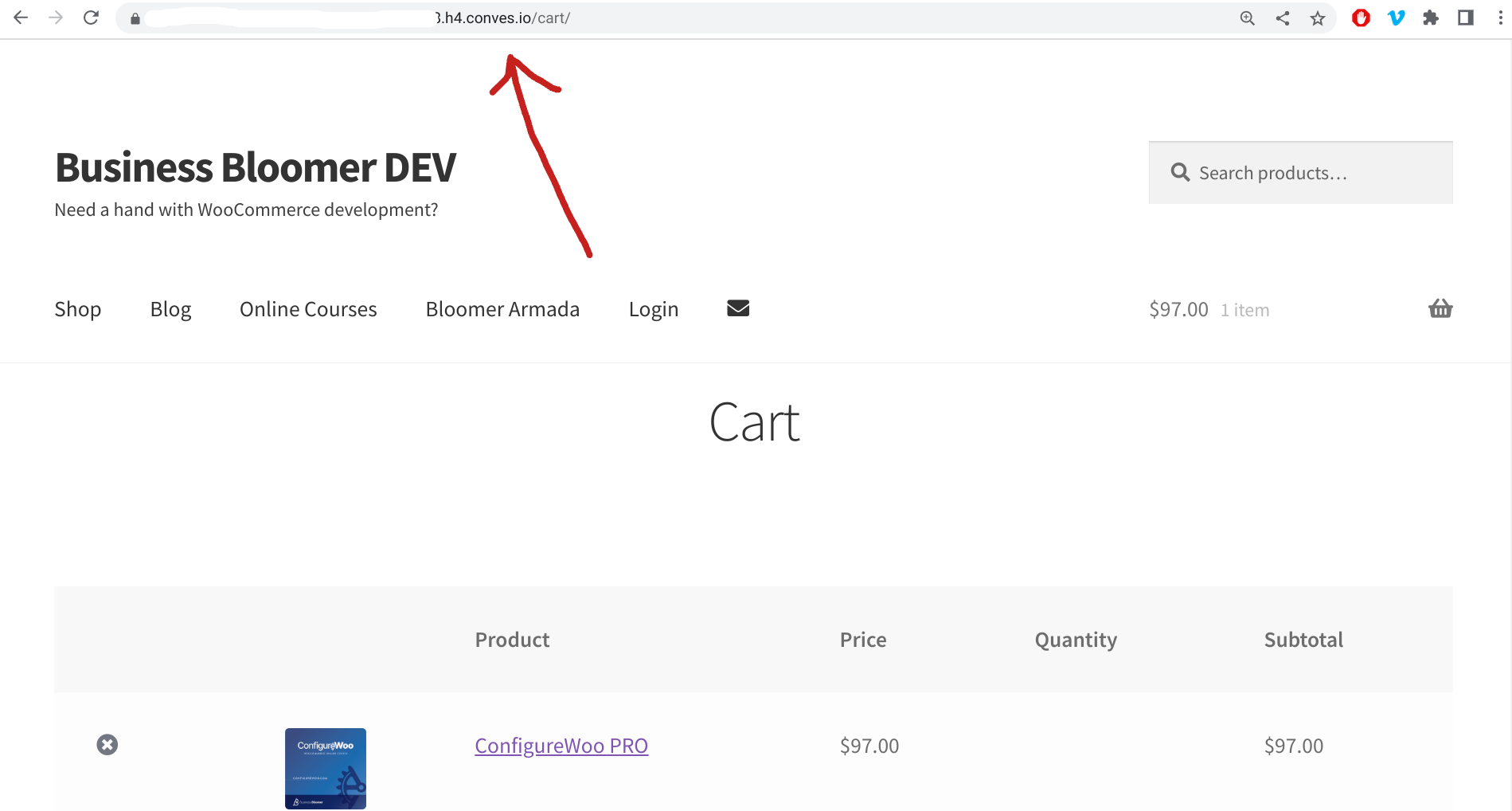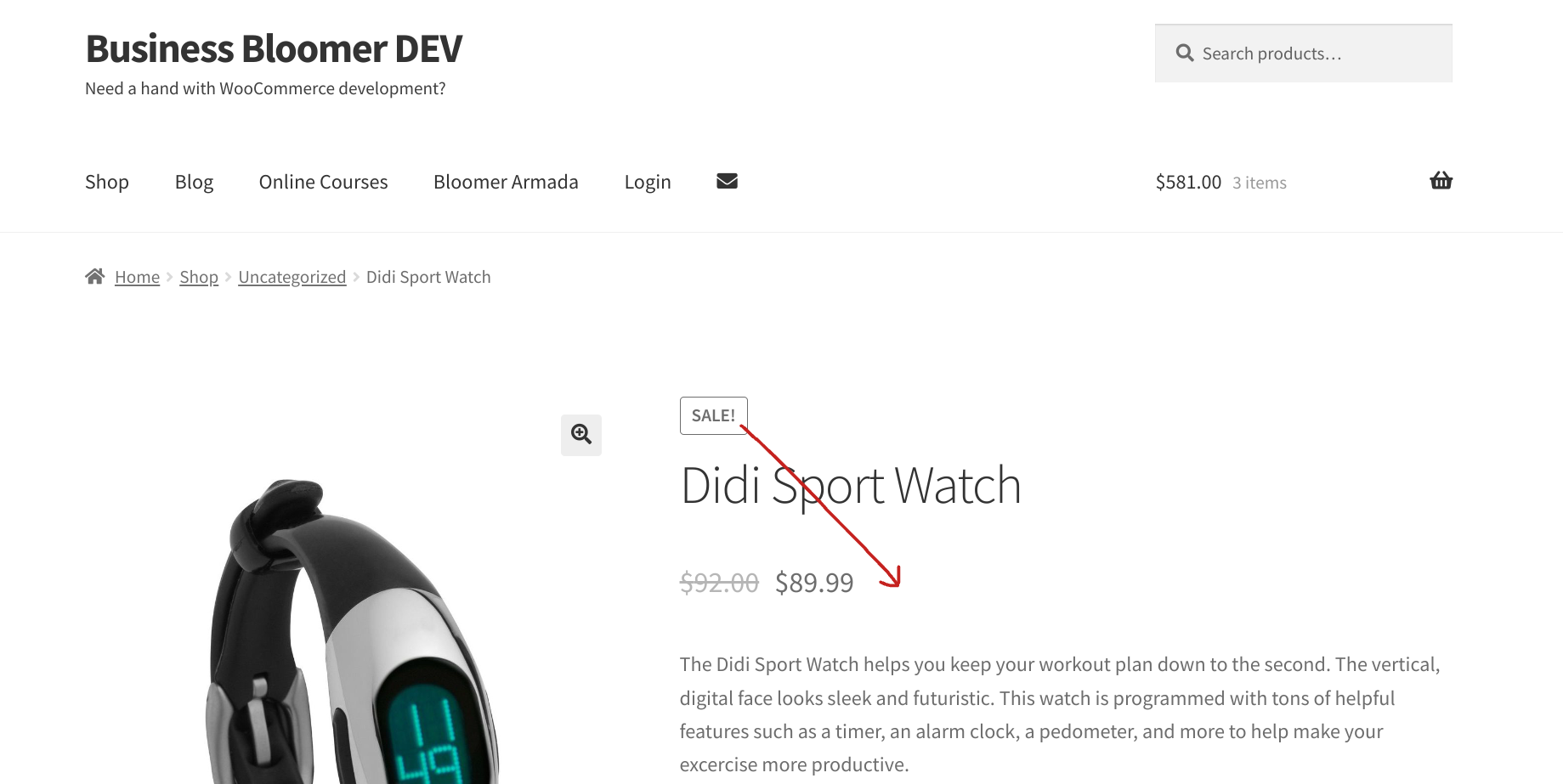
It’s easy enough in WooCommerce to get/calculate product sales. What’s difficult, on the other hand, is calculating the total amount of sales for a specific category, because there is no core function that already does that.
Why sales by category – you may ask? Well, to me, that’s a very important metric. For example, I sell both consulting and non-consulting products on this same website, so it’s important for me to keep track of category sales year-on-year, especially when my goal is reducing 1-to-1 client work while increasing scalable product sales such as courses, plugins and memberships.
In this quick tutorial, we will first get the “WooCommerce orders that contain a target product category”, and after that we will loop through the array to calculate the total sales for that specific category. Sounds difficult? No worries – just copy and paste the snippets below.
Continue reading WooCommerce: Get Total Sales By Product Category


















